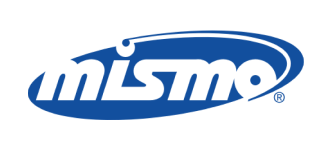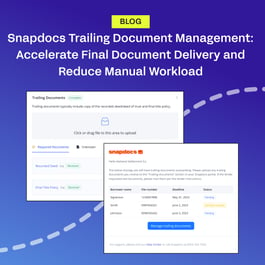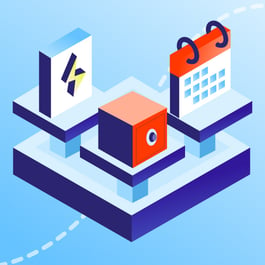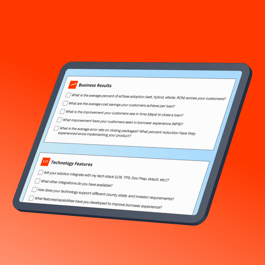This article is part of our educational series on the five key factors to determine how digital your mortgage closings can be, known as e-Eligibility.
For more information, download the full eBook or get your free e-Eligibility assessment to determine how digitized each loan in your portfolio can be.
Today’s leading lenders are digitizing mortgage closings. By doing so, they’re offering borrowers a competitive experience, and they’re realizing capital efficiencies. However, variances and ambiguity in digital mortgage closing policies, regulations, and other restrictions are causing lenders to struggle with scaling the digitization of their closings. Today we’re breaking down the five factors that every lender should consider when determining how digital each loan closing can be.
The Five Factors: Requirements, Recording, Restrictions, Regulations, and Readiness
There are five factors of e-Eligibility that can help lenders understand how digital a mortgage closing can be. When lenders assess loans through the lens of these five factors, they can determine what type of digital closing is the best fit (wet, hybrid, eClose, and everything in between). Ultimately, these considerations help provide a framework for the digitization of every unique transaction.
- Counterparty Requirements: Whether the investor, warehouse lender, or other counterparties that the lender will deliver loans to will accept electronically signed (eSigned) and/or electronically notarized (eNotarized) closing documents. Depending on the type of counterparty, this could be a matter of the counterparty’s policies, or it could be a matter of their technical and operational capabilities, or both.
- County Land Recording: Whether the local county recorder’s office will accept eSigned and eNotarized closing documents for recording. If any of the recordable closing documents will be eSigned, the corresponding county land recorder’s office needs to permit the use of electronic recording (eRecording), or have provisions to accept representations of eSigned and eNotarized documents for recording (commonly referred to as paper-out recording).
- Title Underwriter Restrictions: Whether the title underwriter imposes any restrictions on digital mortgage closings. Title underwriters might have their own policies related to digital mortgage closings, but they are primarily concerned with the use of eNotarization. They could, as an example, impose more stringent eNotarization requirements than those of permissible via other e-Eligibility factors as a means to mitigate risk.
- eNotarization Regulations: Whether the state laws and regulations permit the use of eNotarization, generally in-person electronic notarization (IPEN) or remote online notarization (RON). IPEN is the act of conducting eNotarizations in person, while RON eliminates the need to meet in person. With RON, the notary and signer meet virtually using a platform that enables two-way audiovisual technology, like a webcam, to conduct an eNotarization. In addition to legal and regulatory enablement by states, state agencies might impose requirements that eNotarization platforms be approved to facilitate eNotarizations in that state.
- Settlement Readiness: Whether the settlement agent is enabled to facilitate digital mortgage closings. Settlement agents typically follow instructions from the lender on how to facilitate the loan closing (as long as that guidance does not conflict with laws, title underwriters’ requirements, or borrowers’ preferences to eSign their closing documents). So, this factor primarily refers to whether the settlement agent is sufficiently enabled to facilitate the digital mortgage closing, through system access, training, and clear instructions from the lender.
The degree to which an e-Eligibility factor enables, restricts, or influences how digital a closing can be can differ on a loan-by-loan basis. Understanding how the factors of e-Eligibility interact is just as important as understanding each of them alone. To support lenders on their journey toward digitization, we’ve developed an eBook that dives into the intricacies and challenges of addressing e-Eligibility. Download our eBook, The 5 Rs of e-Eligibility for Mortgage Closings, to learn more.
Still exploring what e-Eligibility is all about? We recommend reading the following blog posts:
- Why Lenders are Digitizing Mortgage Closings Today
- The 5 Rs: How to Put e-Eligibility for Digital Mortgage Closings into Practice
- The Spectrum of Digital Mortgage Closing Eligibility: Takeaways from the 2021 Mortgage Innovators Conference




















